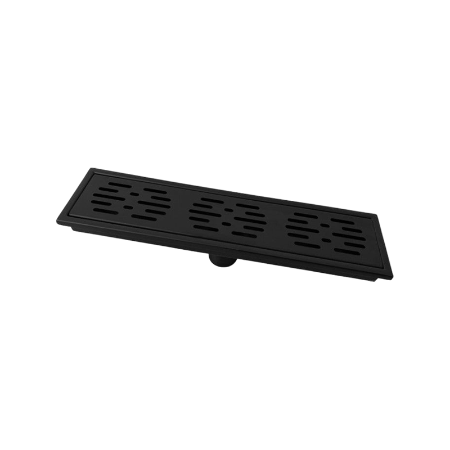These
floor drain strainers keep pipes and plumbing free from clogs, preventing water waste. They are ideal for restaurants, commercial kitchens, food processing plants, breweries and other high-use facilities.Floor stainless steel drainer is an indispensable part of every household and commercial establishment. It has a natural, attractive look that complements all kinds of home decoration.Unlike porcelain or cast iron, it does not rust and does not absorb water or bacteria. This makes it a very good choice for restrooms and other facilities that require strict hygiene standards.
Furthermore, it is easy to clean and disinfect. It is also resistant to odors and stains, making it an ideal choice for food and beverage processing, laboratories, hospitals, and other hygienic settings.The chromium in stainless steel reacts with oxygen to create a protective layer that is corrosion-resistant, stain-resistant, and easy to clean. This protects the material from deterioration and ensures a long life cycle.A hygienic floor drainer is an indispensable part of any home decoration. Not only does it keep your bathroom and toilet clean, but it also helps diffuse any kind of odors or gases that might make the air space unpleasant.

Choosing the right materials for your floors is crucial to ensuring hygienic conditions. Stainless steel is one of the most durable building materials in use and offers optimal hygienic performance, while being extremely easy to clean.Unlike cast iron and porcelain, a stainless steel drain won’t corrode or rust. This ensures that your drainage system won’t be a breeding ground for bacteria and other microorganisms.Stainless steel is an environmentally friendly material that is becoming more common in the construction industry. It is corrosion resistant, durable, has a long service life and can be recycled into new products at the end of its life.
It is also an excellent material for capturing and using grey water to minimize potable water use. Stainless steel is a leading component of large public water and sewerage treatment facilities as well as small on-site wastewater storage, treatment or filtration units.Stainless steel is also a very energy efficient material, thanks to its high solar reflective index and ability to dissipate heat. It can also be used to bring in more natural light into a building without requiring air conditioning.Stainless steel is an increasingly popular material for countertops and appliances because it looks sleek and modern while also being hardwearing. But, just like all metals, stainless steel needs some care to keep it looking new and shiny.
It is also extremely easy to clean, allowing you to use the same cleaning products as you do for other surfaces in your kitchen. Just be sure to clean stainless steel sinks regularly to avoid water spots and stains from forming.You can use a baking soda and liquid dish soap paste to rub out stains and odors on stainless steel sinks. Make a thick paste with the ingredients and apply it to the surface of the stainless steel, rubbing it back and forth in the same direction as the grain of the metal.Never use abrasive cleaners, sponges or brushes on stainless steel because they can leave permanent scratches on the surface. Instead, use non-scratch vinyl scrubbing pads or soft nylon brushes.
